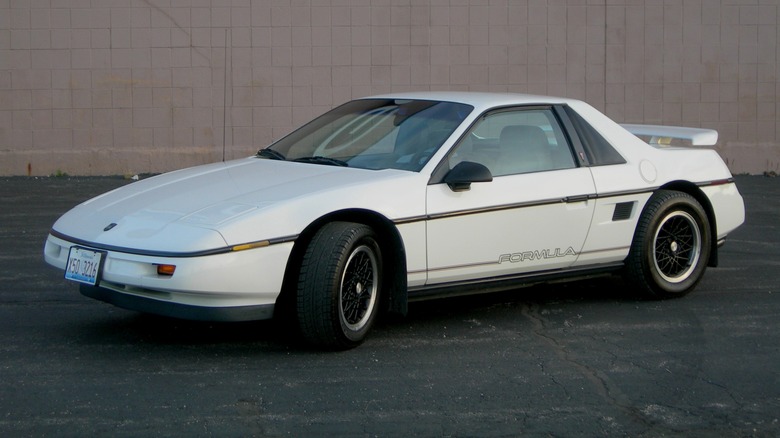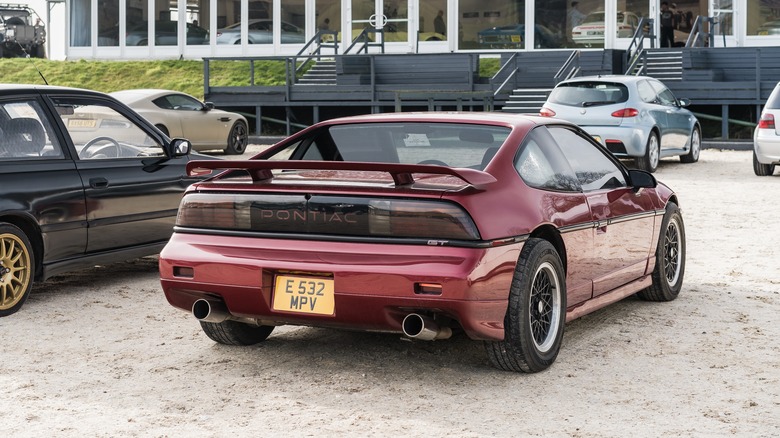Pontiac Fiero GT: How Much HP Did The Sports Car Have & How Fast Could It Go?
The oil crisis of the 1970s had well and truly taken its toll on the American automobile industry. Gone were the powerful muscle cars of the 1960s, and in were the inefficient, low-powered, and just generally undesirable home-grown models of the '70s. Japanese brands like Honda were swooping in and claiming customers left, right, and center with efficient and practical models, like the original Accord and Civic.
Pontiac had focused heavily on producing sought after muscle cars throughout the '60s and early '70s, developing iconic models such as the GTO and Trans Am, which are now revered collector models. However, Pontiac would need a new direction if they were to captivate American audiences once again, and big V8-powered models just weren't flavor of the month any more. In came Bill Hoglund in 1980 to save the day, as Pontiac's new vice president. He launches Project Pegasus; a sporty little two-seater that would evolve into the immensely popular Pontiac Fiero.
When the Fiero first arrived for the 1984 model year, it was powered by a 92-horsepower 2.5-liter inline-four engine, which was good for only 103 mph. The lackluster performance didn't matter though; the general public loved the sharp new sports car, with Car & Driver reporting in 1983 that "folks would overtorque their vertebrae to catch a glimpse of our blazing-red test car as we whisked by."
Pontiac tweaked the Fiero recipe over the years
Striking lines would only keep the public satisfied for so long, though, and Pontiac decided to up its game and supply the Fiero with a more powerful engine. For 1985, Pontiac introduced a V6-powered Fiero, which sported a 2.8-liter capacity. It put out 140 horsepower and 170 lb-ft of torque, a notable improvement over the four-cylinder model. As a result, the Fiero's top speed increased to a considerably higher 125 mph.
This improvement ensured the Fiero put up a challenge to the first-generation MR2, which, at the time, delivered just 112 horsepower from a mid-mounted inline-four, and that propelled the baby Toyota to a top speed of 120 mph. Pontiac was back on top, and Americans loved it, ordering over 370,000 examples, before Pontiac discontinued the Fiero in August 1988.
If stepping into one of Pontiac's Fiero models sounds intriguing, it's good news for you, as the impressive sales translates to a sizable pool of models to pick from in 2025. According to Hagerty, a 1985 base model can be picked up in good condition for under $5,000, while the more powerful V6 variants do command a slight premium, with prices sitting closer to $6,500 for one in similar condition.

